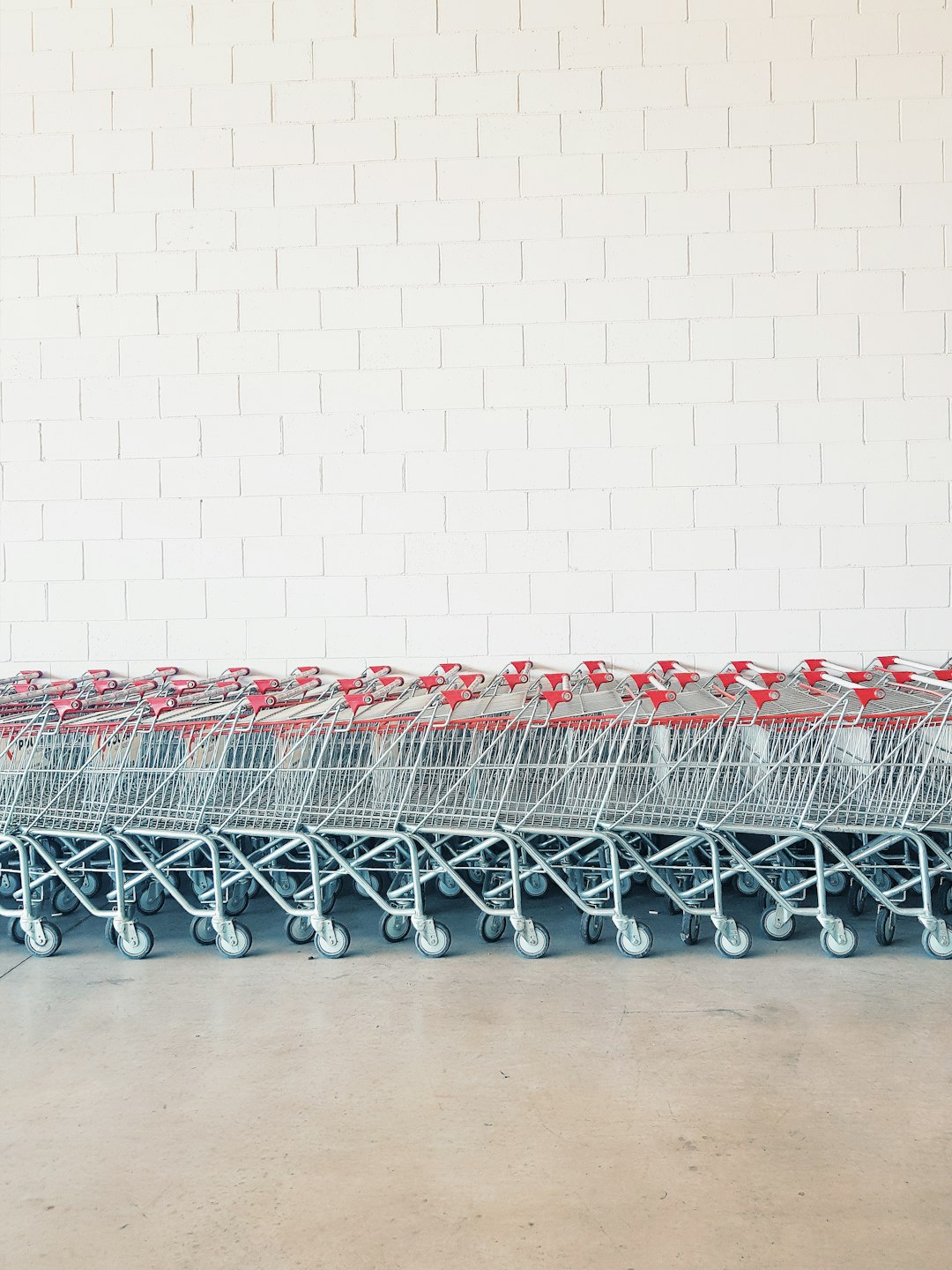Prices for China‑made goods on Amazon have climbed 2.6% from January through mid‑June—faster than overall core goods inflation. Here’s a concise, mobile‑friendly breakdown of what’s happening, who’s feeling the squeeze, and how to stay ahead with Financial Modeling Prep’s APIs.
1. Tariff Pass‑Through Is Here
Tariffs imposed on Chinese imports began in May to protect U.S. manufacturers—but now consumers are seeing the impact.
-
DataWeave Analysis:
Reviewed 1,407 China‑origin products on Amazon.
Median basket price up 2.6% vs. 1% increase in core goods CPI. -
Third‑Party Sellers:
Account for 62% of those items—many are smaller merchants with less margin buffer.
2. Inflation vs. E‑Commerce Pricing
Consumers assume e‑retail discounts beat brick‑and‑mortar, but rising input costs and shipping fees are eroding those savings.
-
Core Goods CPI:
Federal data shows a 1% rise over six months (annualized 2%). -
Amazon Basket:
Outpacing that, signaling direct tariff pass‑through.
Tip: Automate CPI tracking by scheduling alerts with the Economics Calendar API.
3. Commodity Costs & Supply‑Chain Pressures
Input prices for steel, aluminum and plastics feed into consumer‑goods costs.
-
Metal & Energy Inputs:
Use the Commodities API to monitor raw‐material trends that often foreshadow retail price shifts.
4. What It Means for Consumers and Retailers
-
Consumers:
Look for product substitutes or earlier holiday deals to lock in current prices. -
Retailers:
Must decide whether to absorb tariffs or pass costs on—analyzing real‑time commodity and CPI data can guide that choice.
Conclusion
Tariffs are no longer a distant policy debate—they’re directly inflating the prices of everyday Amazon purchases.
Call‑to‑Action
Use Financial Modeling Prep’s APIs to automate CPI and commodity tracking—and turn data into pricing strategy.




